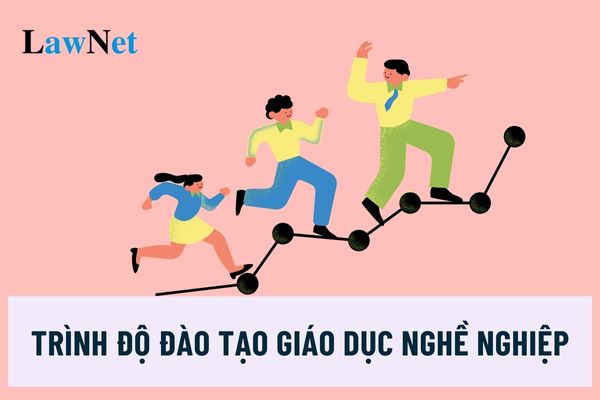Vietnam: How many training qualifications of vocational education are there?
How many training qualifications of vocational education are there?
According to Article 35 of the 2019 Education Law of Vietnam, training qualifications of vocational education are specified as follows:
Training qualifications of vocational education
Vocational education trains at elementary-level, intermediate-level or college-level and provides other vocational training programmes for learners; meeting the demands for workers directly participating in production, trade and services.
There are 03 training qualifications of vocational education, including
- Elementary level
- Intermediate level
- College level
03 vocational education institutions training all levels of vocational education?
Pursuant to Article 5 of the 2014 Vocational Education Law of Vietnam, the 03 types of vocational education institutions training all levels of vocational education include:
(1) Vocational education centers;
(2) Vocational training schools;
(3) Colleges.
Additionally, there are currently 03 types of vocational education institutions:
(1) Public vocational education institution is a State-owned vocational education institution, whose facilities invested and constructed by the State;
(2) Private vocational education institution is a vocational education institution under ownership of a social organization, a socio-professional organization, a private economic organization or individual, or a vocational education institution invested and constructed by a social organization, a socio-professional organization, a private economic organization, or an individual;
(3) Foreign-invested vocational education institution includes wholly foreign-invested vocational education institution; joint-venture vocational education institution between domestic investors and foreign investors.

How many training qualifications of vocational education are there? (Photo from the Internet)
Training programs for levels of vocational education?
Pursuant to Article 34 of the 2014 Vocational Education Law, the training programs for levels of vocational education are stipulated as follows:
(1) A vocational training program must meet all requirements below:
- Clarify the training objectives for elementary-level, intermediate-level, or college-level; introduce regulations on knowledge and skills of the graduates; scope and structure of curriculum, methods and types of training; methods of assessment of learning outcomes applied to every module, course credit, subject, major, or vocation and level;
- Ensure the a scientific, modern, systematic, practical, and flexible program to adapt to the variation in the labor market; arrange reasonably the duration of body of knowledge and professional skills; ensure the connectivity in the national education system;
-Update and supplement periodically the program conformable with the technology in production, businesses and services.
(2) The Head of the vocational education institution shall have autonomy and take responsibility for compile or selection and approval for training programs of vocational education levels.
(3) The foreign-invested vocational education institutions shall have autonomy and take responsibility for formulation and performance of training programs as prescribed in regulations of the Heads of vocational training authorities in central government.
(4) The Heads of vocational education authorities in the central government shall regulate the minimum body of knowledge, requirements pertaining to qualifications of graduates of every vocational education level; process of formulation, assessment and issuance of training programs of elementary-level, intermediate-level and college-level.
What are the objectives of vocational education regulated?
Pursuant to Clause 1, Article 4 of the 2014 Vocational Education Law and Article 36 of the 2019 Education Law, the general objectives of vocational education are defined as follows:
General objectives of vocational education are: provide training for personnel directly involved in production, businesses or services, who acquire proficiency equivalent to their training standards, possess professional ethics and good health, gain creative ability, adapt to the environment in the context of international integration; improve their productivity and quality; and enable students to find jobs, self employ or enter higher education.
Specific objectives pertaining to every level of vocational education are defined in Clause 2, Article 4 of the 2014 Vocational Education Law as follows:
- Elementary level: equip students for abilities to perform simple tasks of a particular job;
- Intermediate level: equip students for abilities to perform elementary-level tasks and some complicated and special tasks; apply technology to their jobs, work independently or work in groups;
- College level: equip students for abilities to perform intermediate-level tasks and some complicated and special tasks; acquire abilities to create and apply modern technology to their jobs, instruct and observe other members in their groups in performing the tasks.

